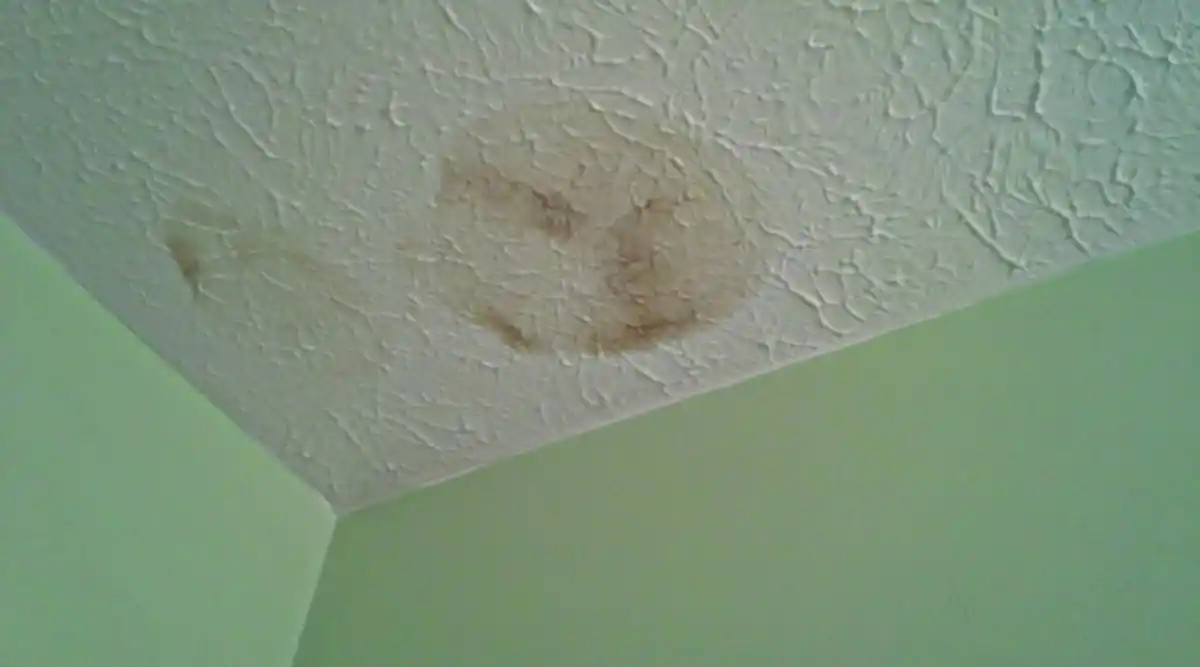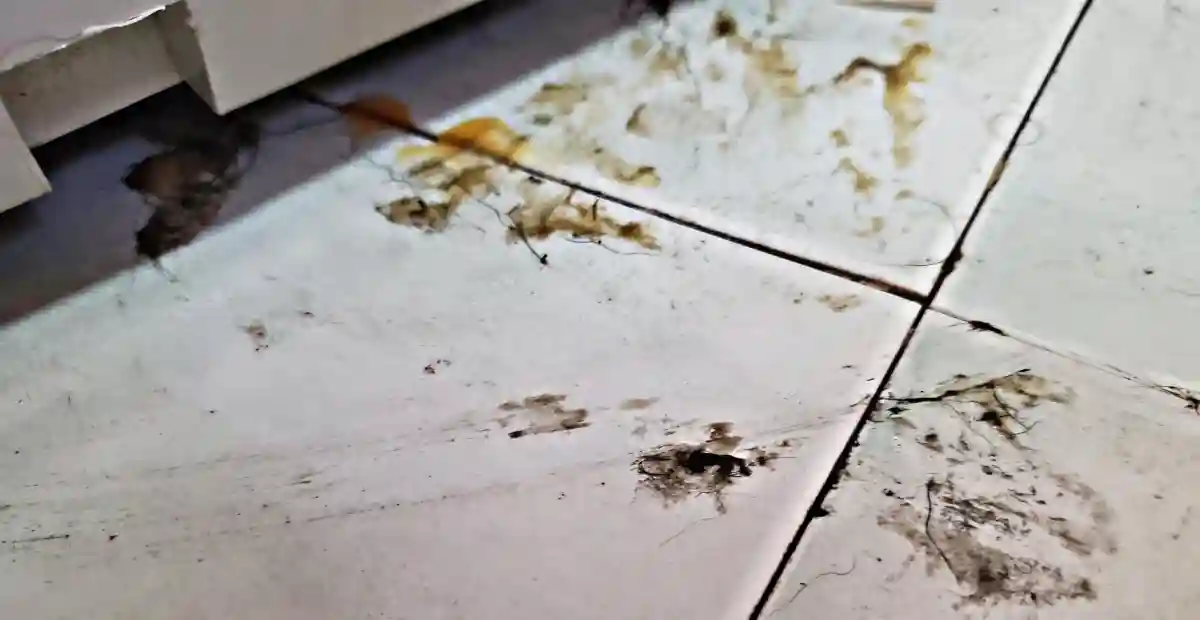Dealing with a mouse problem can be overwhelming, and getting rid of them, especially during an infestation can be tough. But it’s not impossible to rid your home of mice. Often, the suggested methods of removing mice are traditional baits and traps, poison, and natural remedies like essential oils. But you can also use ammonia to get rid of mice given its potent and repelling scent.
How does ammonia work?
Ammonia as a mouse repellent is subject to varying opinions. As a mouse repellent, ammonia depends on specific factors such as the extent of the infestation, the size of the nest, and the primary location of the infestation. However, in general, some suggest that ammonia typically does not yield favorable results, and it is advisable to use it alongside alternative pest control methods.
The belief that ammonia is an effective mouse deterrent is due to its highly pungent odor. If you have accidentally inhaled ammonia while using it for household purposes, you can tell it leaves you breathless. Mice are likely to react to the scent of ammonia the same way, which is the reason some experts believe that it is capable of repelling mice.
Another theory supporting the use of ammonia as a mouse repellent revolves around its similarity to the scent of urine. Since urine naturally contains ammonia,¹ the idea suggests that if mice detect an ammonia smell, they might mistake it for a predator’s urine and flee. However, a significant drawback to this concept is that mice themselves produce urine containing ammonia, which may render them less susceptible to being fooled by the scent. Even if ammonia initially proves effective in this regard, once mice become aware of the ruse, they are likely to return, rendering ammonia ineffective in the long run.
Can ammonia kill mice?
Ammonia contains toxic properties, making it a lethal substance for mice and other animals if consumed. Moreover, “high levels of ammonia can irritate and burn the skin, mouth, throat, lungs, and eyes. Very high levels of ammonia can damage the lungs or cause death, according to the CDC.² Mice exposed to the fumes or those that accidentally ingest it are likely to experience fatal consequences.
A drawback of using ammonia as a mouse-killing agent is that mice inherently dislike its smell. Consequently, they are unlikely to approach it closely enough to ingest or inhale its fumes. While there are potential approaches involving ammonia to eliminate mice, they do not guarantee success. We will explore these methods later.
Unless you resort to chasing mice with an ammonia-filled spray bottle, it’s unlikely that you’ll be able to significantly use ammonia to get rid of mice.
How to use ammonia to get rid of mice

If you remain determined to use ammonia as a means to repel or eliminate mice, several measures can be taken to enhance your likelihood of success. Nonetheless, understand that these methods may not consistently stop mice. The best approach is to combine ammonia with another treatment plan.
Before beginning the application of ammonia or other techniques, put in place appropriate safety measures associated with the use of ammonia. Ammonia fumes have the potential to cause severe harm to the respiratory system and, in extreme cases, even result in fatality. Also, keep liquid ammonia, sprays, or any other form of ammonia away from children and pets.
All said, below are the ways to use ammonia to get rid of mice:
1. Ammonia spray solution
Create an ammonia spray solution to stop mice in your home. You’ll need the following:
- a spray bottle
- ammonia
- dish soap
- water
Having gathered these materials, follow these steps to get rid of mice with your ammonia spray solution:
- Mix one cup of water, two cups of ammonia, and a tablespoon of dishwashing soap.
- Transfer this mixture to the spray bottle.
- Spray the solution in areas where you noticed mice activities.
Ammonia diluted in this spray method prevents the strong fumes of pure ammonia from irritating you. Nevertheless, this spray still has considerable potency here. Hence, take precautionary measures such as wearing gloves, a mask, and eye protection to avoid accidental contact or inhalation. Ammonia can be harmful to the eyes, skin, and respiratory system—keep the children and pets away.
Your ammonia solution should not be indiscriminately sprayed in any location. Only apply the solution in well-ventilated areas where there is no risk of exposure to humans and pets. Avoid placing the ammonia spray near heat sources or open flames, as it is highly flammable.
Be mindful of the specific areas where you choose to spray the solution. In an expert view, relying on ammonia spray may not be the optimal choice, so don’t solely rely on it, especially if you’re dealing with an infestation.
2. Soaked cotton balls in ammonia
If making an ammonia spray solution is not an option, you can soak cotton balls in the previously explained ammonia solution. Alternatively, rags or pieces of cloth can be used, or a combination of both rags and cotton balls to use ammonia to get rid of mice.
While some people go for pure ammonia, experts recommend the homemade ammonia solution for deterring mice. If you decide to follow this method, just soak the rags or cloths in it for a few hours. Wring them out after some time and place them in areas where you notice mouse activity. Other areas to place the ammonia cotton balls include entry points and areas beneath baseboards, similar to where you would place steel wool.
After some time, the items soaked in the solution will lose their effectiveness due to evaporation, so you have to replace the solution regularly as necessary.
When placing the soaked rags, cloths, or cotton balls, position them in well-ventilated areas away from pets and children. Avoid heat areas or open flames to prevent any potential hazards because ammonia is flammable. The “fire will produce irritating, corrosive, and/or toxic gases,” says the CDC.³
3. Ammonia mice poison
The DIY ammonia methods for mice above primarily focus on repelling or deterring these pests. However, if you seek a more permanent solution and intend to eliminate the mice in your home, consider creating your own homemade poison with ammonia.
Before you make mice poison with ammonia, consider factors such as pets and children in your home and the safety of other wildlife. Pets are generally curious and may end up eating the poison, so you need to be careful where you place the poison. Wildlife animals, on the other hand, can eat the poison if you leave it exposed in your garden. Or they may indirectly consume the poison after eating an affected rodent. For example, in a Manhattan neighborhood, a puppy accidentally gobbled up poison during one of their walks and is now dead.⁴
If you have good reasons to use ammonia poison to get rid of mice, make sure to wear gloves, a mask, and eye protection while mixing the poison. Ensure your own safety while distributing the poison around your premises as well.
The process of creating this toxic blend is surprisingly straightforward and only requires ingredients common in households. Alongside the previously mentioned protective equipment, the required components include:
- ammonia
- borax
- sugar
- flour
You could be wondering why sugar makes the recipe. The sugar works as a bait that lures mice to consume the poison.
Combine approximately two-thirds of a cup of ammonia with the flour, sugar, and borax. You don’t want the mixture to be excessively liquid or overly dry, so exercise your judgment when determining the precise quantities.
Transfer this mixture into small bowls or plastic containers and position them in areas you suspect mice activities.
4. Use household ammonia
Obtain regular household ammonia, anything stronger may contain dangerously high levels of toxicity. Instead of diluted ammonia as a mouse repellent, consider undiluted ammonia. However, this method is risky due to the strong fumes that come from pure ammonia.
If you have no pets and children around and won’t be using it in a garden, this might be the go-to ammonia solution to get rid of mice in your home.
You simply place open containers of ammonia in specific locations throughout your home. Suitable options include bottle caps, small bowls, or even cotton balls soaked in ammonia. You can find a wide range of ammonia-based products in numerous home improvement or retail stores. These products are available in diverse forms, allowing you to select the one that aligns perfectly with your specific requirements.
You can explore an assortment of sprays and foams infused with ammonia. Before making a selection, we read the labels to ensure it aligns with your specific requirements and is not highly toxic.
Consider contacting your local pest control company
Finally, consider contacting a professional pest control company in the event of a severe mouse infestation. While ammonia as a mouse deterrent might seem like a temporary solution, it is merely a band-aid approach. Mice, despite their small size, are intelligent, adaptable, and quickly become aware of what is going on. That’s why you want to have professionals assess your situation and provide a customized treatment plan that will eliminate mice without exposing your household to the harmful fumes of ammonia.
- Ammonia. Wisconsin Department of Health Services
- Ammonia. CDC
- Ammonia Solution (UN 3318); Ammonia, Anhydrous (UN 1005). CDC
- NYC Puppy’s Suspected Rat Poison Death Prompts Tragic Warning to Pet Owners. NBC
Read also: what to do with caught mice






